A Journey Through Time: Exploring the Treasures of Beijing's Forbidden City
The Forbidden City, a UNESCO World Heritage site, stands as a majestic testament to China's imperial past. More than just a palace, it's a sprawling complex of 980 buildings with 9,999 rooms, each holding stories whispered through centuries. Here’s a glimpse into some of its most captivating highlights:
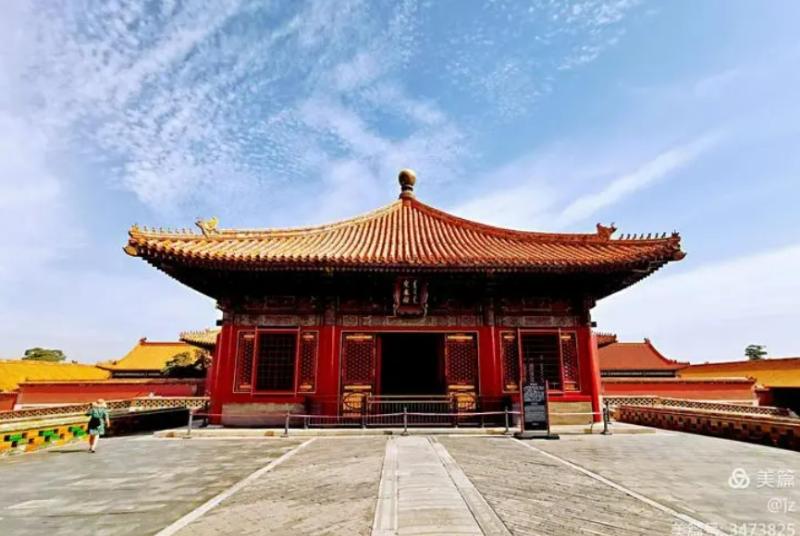
1. The Treasure Gallery (珍宝馆):
A dazzling display of imperial extravagance awaits within the Treasure Gallery, housed within the Palace of Tranquil Longevity (宁寿宫). Here, you'll encounter glittering gold and silver artifacts, precious gemstones, intricate jade carvings, and other luxurious items that once belonged to emperors and their courts.
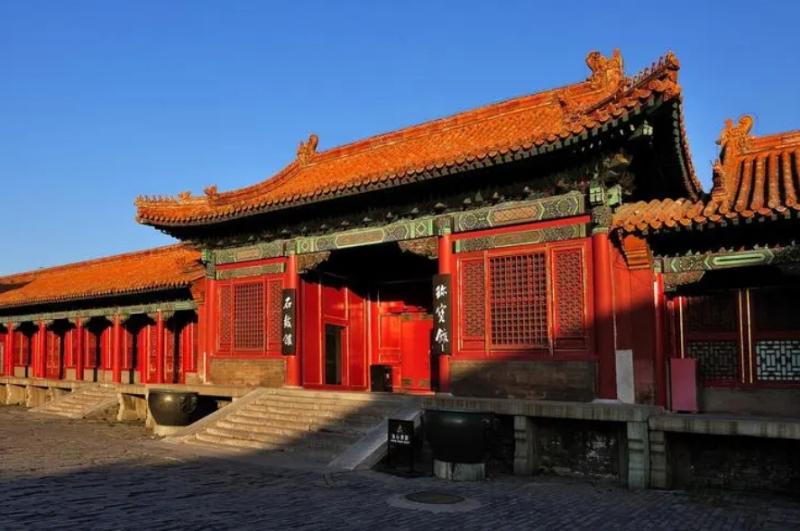
2. The Hall of Supreme Harmony (太和殿):
The largest and most significant structure in the Forbidden City, the Hall of Supreme Harmony is an awe-inspiring sight. Its soaring roof, supported by massive red pillars, dominates the skyline. This was the throne room, where emperors held court for grand ceremonies and important pronouncements.
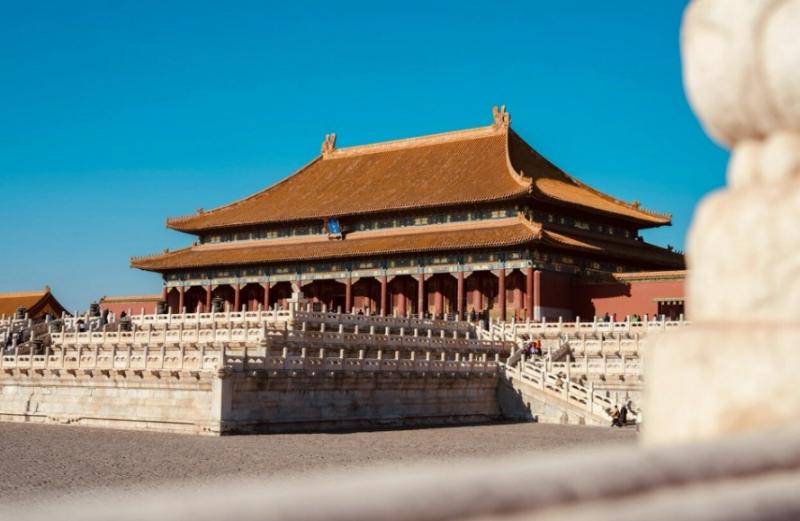
3. Meridian Gate (午门):
Your journey begins at the imposing Meridian Gate, the main entrance to the Forbidden City. Its imposing presence, with its towering red walls and five pavilions, sets the stage for the grandeur within.

4. The Hall of Central Harmony (中和殿):
Situated between the Hall of Supreme Harmony and the Hall of Preserving Harmony, this smaller hall served as a resting place for the emperor before and after important ceremonies.
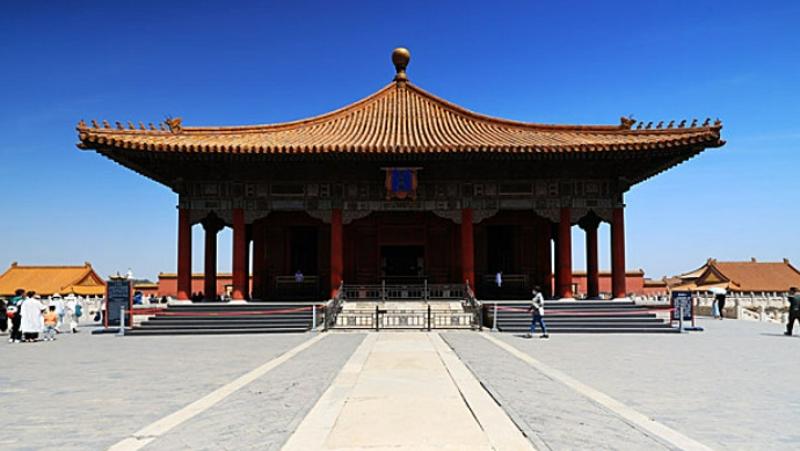
5. The Hall of Union (太极殿):
Though no longer standing, the Hall of Union was once a pivotal structure, mirroring the Hall of Supreme Harmony in its significance. It was destroyed by fire in 1597 and never rebuilt.
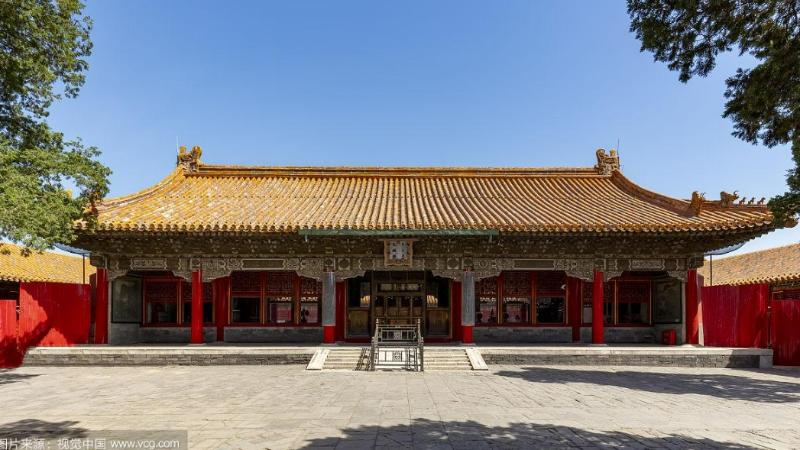
6. The Hall of Preserving Harmony (保和殿):
This hall, located at the northern end of the grand plaza, hosted banquets and examinations for high-ranking officials. During the Qing Dynasty, it was also the setting for the emperor's final review of candidates for the imperial examination.
7. The Hall of Clocks (钟表馆):
Step back in time within the Hall of Clocks, home to a fascinating collection of intricate timepieces from China and Europe. These ornate clocks, gifts from foreign emissaries or crafted by skilled Chinese artisans, offer a glimpse into the history of horology.
8. The Palace of Stored Elegance (储秀宫):
This palace, nestled within the western residential quarters, holds a special significance. It was here that Empress Dowager Cixi, one of China's most powerful women, resided and ruled from the shadows.
9. The Palace of Established Happiness (如意馆):
Beyond its poetic name, the Palace of Established Happiness served as a center for artistic creation. Emperors pursued their artistic passions here, engaging in calligraphy, painting, and other crafts.
10. The Hall of Mental Cultivation (养心殿):
This relatively modest hall was the primary residence and working space for emperors during the Qing Dynasty, offering a glimpse into their daily lives and routines.
11. The Imperial Garden (御花园):
Escape the formality of the courtyards and enter the tranquil oasis of the Imperial Garden. Wander amidst meticulously sculpted trees, vibrant flowers, and serene ponds, experiencing a sense of peace and harmony.
12. The Gate of Divine Might (神武门):
As you exit the Forbidden City through the Gate of Divine Might, the northern gate, take a moment to reflect on the architectural marvels and historical weight you've encountered.
13. The Palace of Eternal Spring (长春宫):
Located in the western residential area, the Palace of Eternal Spring served as the residence for several important empresses throughout the Ming and Qing Dynasties.
14. The Hall of Union (交泰殿):
This hall, situated between the Palace of Heavenly Purity (乾清宫) and the Palace of Earthly Tranquility (坤宁宫), represents the harmony between the emperor and empress.
15. The Palace of Heavenly Purity (乾清宫):
Serving as the emperor's private quarters during the Qing Dynasty, this palace was also used for informal audiences and meetings with important officials.
16. The Palace of Earthly Tranquility (坤宁宫):
Considered the empress's main residence, the Palace of Earthly Tranquility also held ritualistic significance. During the Qing Dynasty, it was used for shamanistic ceremonies practiced by the Manchu emperors.
17. Beyond the Palaces:
The Forbidden City offers much more than just grand palaces. Explore its winding alleyways, hidden courtyards, and serene gardens. Discover the intricate details of its architecture, from the colorful glazed tiles to the mythical creatures adorning the rooftops. Each corner reveals a new layer of history and artistry.
Q&A:
Q: What is the best time of year to visit the Forbidden City?
A: Spring (April-May) and autumn (September-October) offer the most pleasant weather for exploring the Forbidden City.
Q: How long does it take to explore the entire Forbidden City?
A: Plan to spend at least 3-4 hours to fully appreciate the highlights of the Forbidden City. However, a full day allows for a more leisurely and immersive experience.
Q: Are there any guided tours available?
A: Yes, guided tours in various languages are available at the entrance. You can also rent audio guides for a self-guided experience.